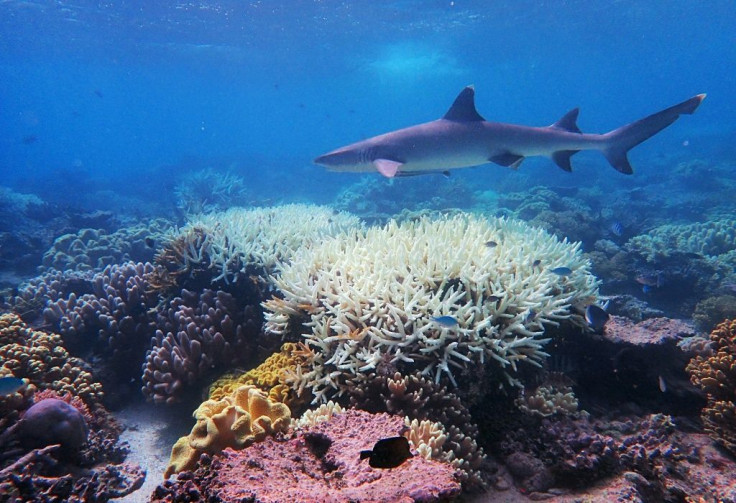Coral Reef Taller Than Empire State Building Discovered In The Great Barrier Reef [Video]
KEY POINTS
- 1,600-feet coral reef will help new mapping and underwater imaging of the Great Barrier Reef
- It adds to the seven reef systems already discovered in the area since the late 1800s
- Discovery is part of a 12-month exploration of the oceans surrounding Australia
A coral reef taller than some of the world’s most iconic buildings was discovered in the Great Barrier Reef. The discovery became the first of its kind after more than 120 years of exploring the heritage-listed site.
The newly found coral reef is about 1,600 feet tall. With that height, it easily dwarfed the Empire State Building which is 1,250 feet, the Sydney Tower which is 1,000 feet and the Petronas Twin Towers which is 1,482 feet.
A team of Australian scientists aboard the Schmidt Ocean Institute’s research vessel Falkor discovered the coral reef which has blade-like features extending to 4,921 feet wide and just 131 feet below the sea surface.
Schmidt Ocean Institute is a private non-profit operating foundation that started in March 2009. The organization aims to advance oceanographic research and discovery to educate people more about the present conditions of the oceans.
The team is currently conducting its 12-month exploration of the oceans surrounding Australia. The voyage will continue until Nov. 17 of this year.
“This unexpected discovery affirms that we continue to find unknown structures and new species in our Ocean,” Wendy Schmidt, co-founder of Schmidt Ocean Institute, said in a press release.
“To find a new half-a-kilometer tall reef in the offshore Cape York area of the well-recognized Great Barrier Reef shows how mysterious the world is just beyond our coastline,” Dr. Jyotika Virmani, executive director of Schmidt Ocean Institute, said in the same press release.
The discovery of the coral reef will become significant in new mapping and underwater representation of the Great Barrier Reef World Heritage Area. It also adds to the seven reef systems already discovered in the area since the late 1800s.
Meanwhile, the uncovering of the 1,600-feet coral system followed a separate study published early in October. The study found that the number of small medium and large corals in parts of the Great Barrier Reef declined by 50% since the 1990s. Specifically, corals along the Northern and Central Great Barrier Reef have deteriorated greatly due to mass coral bleachings that took place between 2016 and 2017.

© Copyright IBTimes 2025. All rights reserved.





















